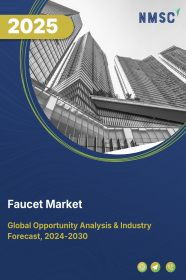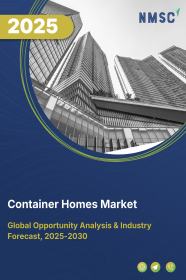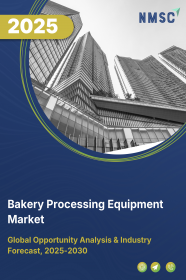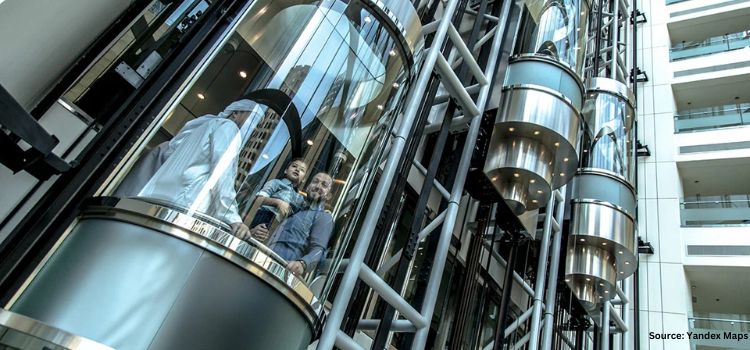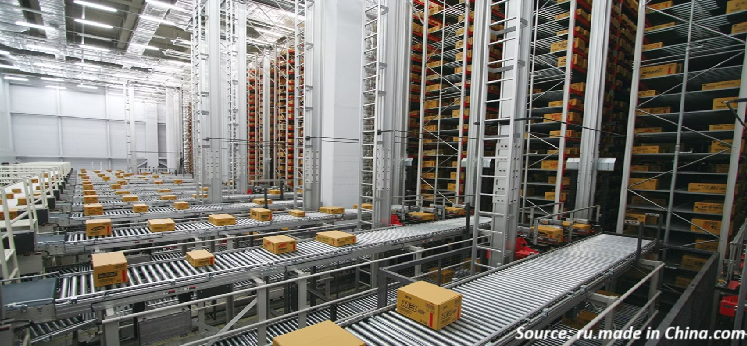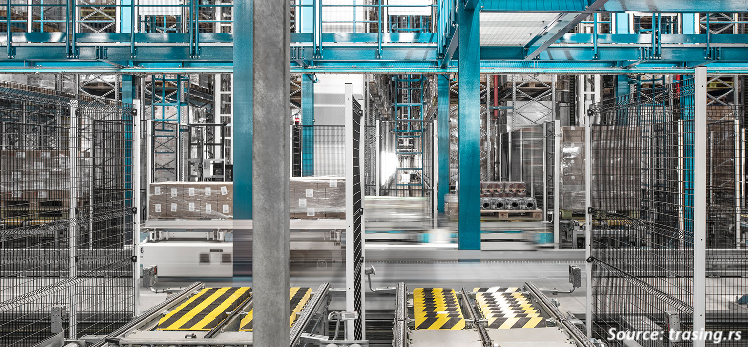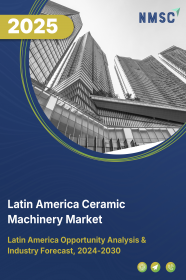
Latin America Ceramic Machinery Market by Type (Shaping Machines, Decorative and Glazing Machines, Kilns and Firing Machines, Raw Material Processing Machines, Storage and Handling Machines, and Others Machinery), by Product Type (Tile, Sanitary Ware, Tableware, Technical Ceramics, Refractories, and Abrasive), and by End User (Construction, Automotive, Electronics, and Others) – Global Opportunity Analysis and Industry Forecast, 2024–2030
Industry: Construction & Manufacturing | Publish Date: 18-Dec-2024 | No of Pages: 112 | No. of Tables: 79 | No. of Figures: 44 | Format: PDF | Report Code : CM2802
Latin America Ceramic Machinery Market Overview
The Latin America Ceramic Machinery Market size was valued at USD 92.5 million in 2023, and is predicted to reach USD 131.5 million by 2030, at a CAGR of 4.7% from 2024 to 2030.
The ceramic machinery market, also known as the ceramic manufacturing equipment market, involves the global industry that designs, produces, and distributes machinery for making ceramic products such as tiles, sanitary ware, tableware, and advanced ceramics.
This market includes equipment like crushers, grinding mills, kilns, dryers, and presses, used throughout the ceramic production process, from raw material preparation to the final product. Ceramic manufacturing equipment offers high precision for shaping, glazing, and producing ceramics, resulting in consistent product quality, faster production, and lower labor costs. It is essential for meeting the growing need for quality ceramics, supported by advancements in manufacturing technology and increased automation investments.
Rising Ceramic Tiles Industry Drives Market Growth in Ceramic Machinery Market
The extensive growth of Brazil's ceramic tiles industry significantly boosts the need for high-capacity and efficient production equipment, fueling the Latin America ceramic machinery market expansion.
According to the latest report from Ceramics of Brazil, the country ranks as the third-largest global producer of ceramic tiles and exports to over 110 countries. In 2022, Brazil exported 113.1 million square meters of tiles, generating revenue of USD 512.5 million.
To scale up production and meet the increasing volume of orders, Brazilian manufacturers are adopting advanced machinery. This shift supports maintaining high-quality standards and fulfilling rising demand, leading to a heightened need for sophisticated ceramic machinery to sustain industry growth and standards.
Growth of Electronics Sector Elevates Demand for Advanced Ceramic Machinery
The significant expansion of Argentina's electronics industry further elevates the demand for ceramic machinery due to the increased need for high-precision ceramic components vital for electronic devices. The Argentine Chamber of Electronic Security (CASEL) 2023 report reveals that the sector generates approximately USD 1.1 billion annually, with an average growth rate of 12%.
As electronics manufacturers pursue enhanced performance and miniaturization, specialized ceramics become crucial for producing components such as capacitors, insulators, and substrates. This surge in demand drives the need for advanced ceramic machinery capable of delivering exceptional accuracy and reliability.
Consequently, the growth of the electronics sector spurs investment in sophisticated ceramic manufacturing equipment to meet evolving industry requirements and maintain competitive standards.
High Initial Investment Hindering Growth of the Ceramic Machinery Market
A significant challenge for the ceramic machinery market is the high initial investment needed for advanced equipment. This substantial financial requirement creates a major barrier, particularly for smaller companies and startups, hindering their ability to invest in the latest technologies.
The large capital needed to purchase and install sophisticated machinery limits these businesses from upgrading their operations or expanding their capabilities. As a result, this financial constraint impedes overall market growth by restricting many manufacturers from adopting new, more efficient production technologies that could advance the industry.
Integration of Inkjet Technology in Ceramic Machinery Creates Future Opportunities
The integration of inkjet technology offers a valuable opportunity for the Latin America ceramic machinery market growth. This technology allows for high-resolution, customizable printing directly on ceramic surfaces, creating intricate designs, vibrant colors, and detailed patterns. It meets the increasing demand for personalized and aesthetically appealing ceramics. Additionally, inkjet technology improves production efficiency by reducing reliance on traditional, labor-intensive methods, thus lowering costs and enhancing manufacturing processes. This advancement not only provides a competitive edge but also opens up new growth opportunities within the ceramic machinery sector, making it a key investment for future development and innovation.
Competitive Landscape
Several key market players operating in the Latin America ceramic machinery industry include SACMI, KEDA Machinery, MLC Ceramic Machinery, Certech, LB Technology, SITI B&T Group S.p.A., Breton S.p.A., Baotao Machinery, Celima Trebol, Coesia S.p.A., and others.
Latin America Ceramic Machinery Market Key Segments
By Type
-
Shaping Machines
-
Decorative and Glazing Machines
-
Kilns and Firing Machines
-
Raw Material Processing Machines
-
Storage and Handling Machines
-
Others Machinery
By Product Type
-
Tile
-
Sanitary Ware
-
Tableware
-
Technical Ceramics
-
Refractories
-
Abrasive
By End User
-
Construction
-
Automotive
-
Electronics
-
Others
Key Players
-
SACMI
-
KEDA Machinery
-
MLC Ceramic Machinery
-
Certech
-
LB Technology
-
SITI B&T Group S.p.A.
-
Breton S.p.A.
-
Baotao Machinery
-
Celima Trebol
-
Coesia S.p.A.
REPORT SCOPE AND SEGMENTATION:
|
Parameters |
Details |
|
Market Size in 2023 |
USD 92.5 Million |
|
Revenue Forecast in 2030 |
USD 131.5 Million |
|
Growth Rate |
CAGR of 4.7% from 2024 to 2030 |
|
Analysis Period |
2023–2030 |
|
Base Year Considered |
2023 |
|
Forecast Period |
2024–2030 |
|
Market Size Estimation |
Million (USD) |
|
Growth Factors |
|
|
Companies Profiled |
10 |
|
Market Share |
Available for 10 companies |
|
Customization Scope |
Free customization (equivalent up to 80 working hours of analysts) after purchase. Addition or alteration to country, regional, and segment scope. |
|
Pricing and Purchase Options |
Avail customized purchase options to meet your exact research needs. |

















 Speak to Our Analyst
Speak to Our Analyst



